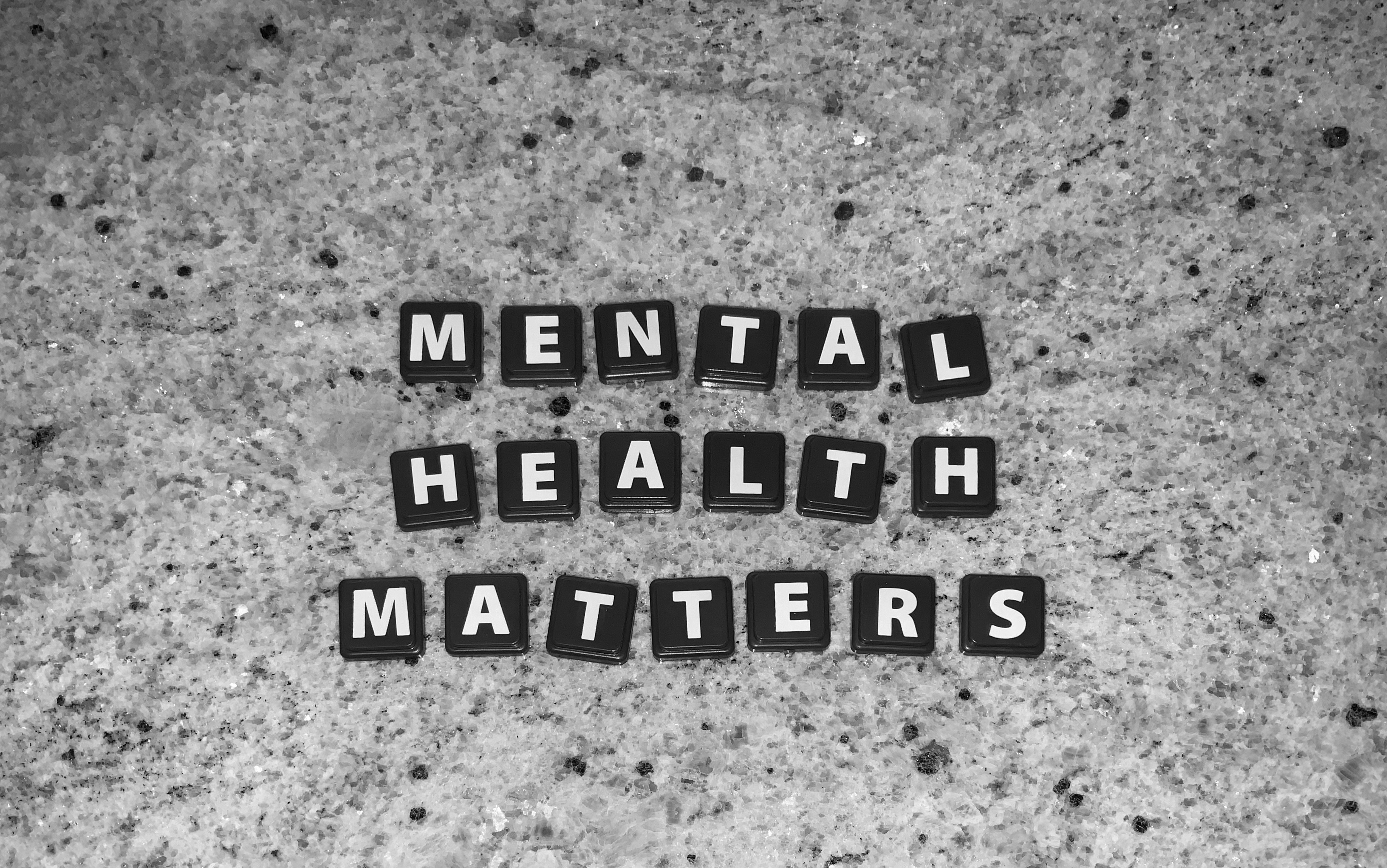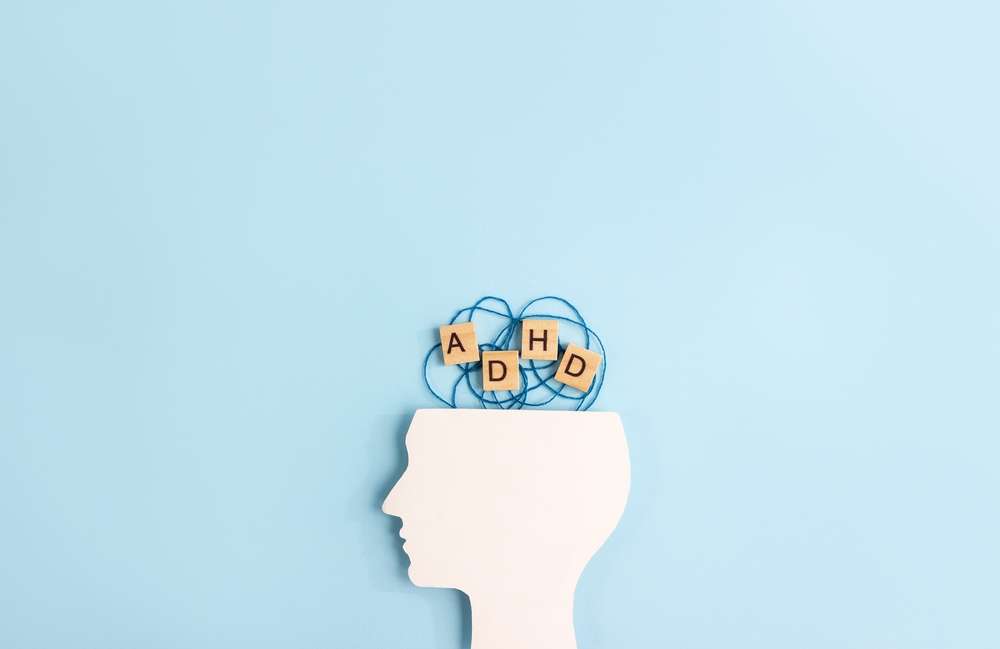Comprehensive Guide to Depression
Depression, also translated as clinical depression, is a state of low mood and aversion to activity. Medically classified as a mental and behavioral disorder, a depressive experience can affect a person's thoughts, behavior, motivation, feelings, and well-being. The core symptom of depression is said to be loss of pleasure, referring to a loss of interest in or pleasure from activities that normally bring happiness.

How to determine if someone has depression?
Depression involves more than a tough day or temporary sadness. Clinicians look for a pattern of symptoms that persist most of the day, nearly every day, for at least two weeks. Core signs include either a depressed mood or a marked loss of interest or pleasure. Additional symptoms can include sleep changes, appetite or weight changes, slowed or agitated movement, fatigue, feelings of worthlessness or excessive guilt, trouble concentrating, and recurrent thoughts of death. A common screening tool is the PHQ-9, which helps gauge severity but does not replace a professional evaluation. Distress that significantly disrupts work, school, relationships, or self-care warrants assessment by a licensed clinician. If someone is in immediate danger or talking about suicide, contact emergency services or the 988 Suicide and Crisis Lifeline in the United States.
Who is prone to depression?
Depression can affect anyone, but certain factors raise risk. Family history and genetics play a role, as do prior episodes of depression or anxiety. Major life stressors, trauma, grief, and ongoing isolation increase vulnerability. Medical conditions such as thyroid disorders, diabetes, heart disease, chronic pain, and sleep apnea are linked with higher rates. Some medications, including certain steroids or hormonal agents, can influence mood. Hormonal transitions like the postpartum period and perimenopause may elevate risk. Adolescents, older adults, and people experiencing discrimination, financial strain, or unstable housing face unique pressures that can compound risk. Substance use can both mask and worsen symptoms. Protective factors include social connection, physical activity, and timely access to local services in your area.
What medications are commonly used to treat depression?
Prescribers often start with selective serotonin reuptake inhibitors, such as sertraline, fluoxetine, citalopram, or escitalopram. Serotonin norepinephrine reuptake inhibitors like venlafaxine and duloxetine are also frequently used. Other options include bupropion, which can be energizing and may support smoking cessation, and mirtazapine, which can help with sleep and appetite. Tricyclic antidepressants and monoamine oxidase inhibitors are older classes used in select cases because of side effect and interaction profiles. For some, augmentation strategies, such as adding aripiprazole or lithium, are considered by specialists. Antidepressants typically take two to six weeks to show benefit, and dose adjustments or medication changes are sometimes needed. Side effects vary and can include nausea, sleep changes, sexual side effects, or blood pressure changes. Young people may experience a temporary increase in suicidal thoughts when starting or changing doses, so close monitoring is important. Medication decisions should always be guided by a qualified clinician, who will also review potential interactions.
How can people with depression cheer up?
Cheer up can sound overly simple, but small, reliable actions often help lift mood over time. Behavioral activation aims to restore routine and meaning by scheduling manageable activities, even for ten minutes. Gentle movement, such as a short walk or stretching, can reduce stress and improve energy. Sleep regularity supports mood; aim for consistent bed and wake times and limit late-night screen exposure. Eating regular, balanced meals can stabilize energy. Reduce alcohol and limit cannabis, which can worsen low mood for many. Build connection by texting a trusted person or joining a support group, including options provided by local services in your area. Psychotherapies such as cognitive behavioral therapy, interpersonal therapy, and behavioral activation have strong evidence and can be combined with medication when indicated. Self-compassion matters; progress in small steps is still progress.
Natural remedies for depression and anxiety
Several nonpharmacologic approaches have evidence as complements to standard care. Regular aerobic exercise is linked to improved mood and anxiety symptoms. Mindfulness-based programs and meditation can lessen rumination and improve emotion regulation. Bright light therapy, especially morning exposure with a 10,000 lux light box, may help seasonal depression and is sometimes used for nonseasonal cases under guidance. Omega-3 fatty acids, particularly formulations higher in EPA, show modest benefit for some individuals. Yoga and breathing practices may reduce physiological arousal. Herbal products like St Johns wort have shown effectiveness for mild to moderate depression in some studies but can interact with many medications and affect drug metabolism, so medical guidance is essential. Supplements are not regulated like prescriptions, and product quality can vary. Natural options work best when integrated with a broader plan that addresses sleep, routine, therapy, and medical evaluation.
Conclusion
Depression is a medical condition with recognizable patterns, known risk factors, and multiple effective treatments. Many people improve with a combination of psychotherapy, medication, and lifestyle changes, selected to match their symptoms and preferences. Early recognition, compassionate support, and steady follow-up with qualified clinicians and local services can make recovery more likely and more durable.
This article is for informational purposes only and should not be considered medical advice. Please consult a qualified healthcare professional for personalized guidance and treatment.




